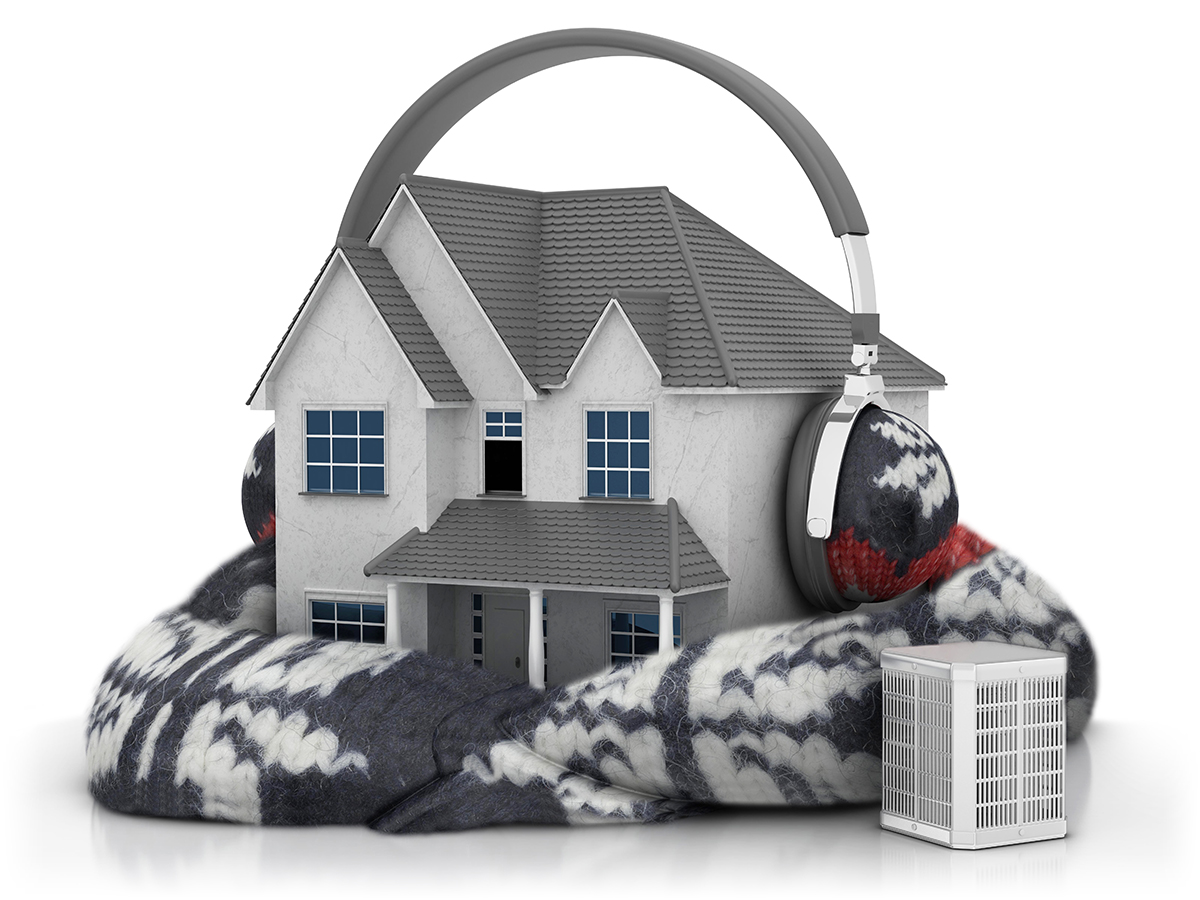 Latest Insights
Latest InsightsNovember 14, 2023
8 Steps to Winterize Your Home
8 Steps to Winterize Your Home
With fall temperatures in full swing, now is the perfect time to winterize your home. Your winterization checklist should include any projects that will protect your home from damage and your family from unnecessary exposure to the elements. These eight steps to winterize your home will help keep you healthy and comfortable while mitigating wear and tear on your largest investment.
Seal Your Windows
Keep the warm air in and the cold air out! Windows and doors that are not properly sealed will have your HVAC system working overtime and, in turn, raise your home heating bill. Install new weatherstripping where needed and re-caulk any noticeable gaps.
Many older homes in our area have windows that are older than the owners … or the owners’ parents! Besides providing better insulation, new windows can enhance security, reduce dust and allergens, and cut down on street noise. Depending on your windows’ condition and your priorities and budget, new windows may make a smart investment.
Seal Your Doors and More
Besides weatherstripping and caulk, doors have their own vulnerabilities. Tighten the hinges to ensure a secure seal. For any gap at the floor, door snakes work when repositioned correctly every time the door opens. For a worry-free solution, consider a door sweep or other draft-blocker that attaches to the door.
Be sure to check all entry points, including openings for vents, pipe, and cables. For drafts from your electrical outlets, you can find pre-cut, fire-retardant foam gaskets that are specifically designed for this sensitive location.
Insulate Exposed Pipes
As the temperature drops below the freezing point, exposed pipes in your basement and other unheated areas could be at risk of bursting. Pipe insulators are readily available, affordable, and easy to install. By avoiding the cost of a water damage and emergency plumber bills, this DIY project could potentially save you thousands of dollars this winter.
Assess Your Trees
Winter weather puts tremendous stress on your trees. Ice, snow, and fierce winds can add more pressure than already vulnerable limbs can withstand. Trim any overgrown branches, with special attention to those that overhang your home and vehicles.
Trimming branches in cold weather – when insects, fungi, and the tree itself are dormant – is best for the tree’s long-term health. Whether done professionally or DIY, aim to schedule your tree trimming after the cold sets in, but before the first major storm.
Clean Your Gutters
Clogged gutters can cause significant damage to your roof and home exterior. Find a mild fall weekend to inspect gutters and downspouts. Check every joint and connector, and clear out all debris. Gutter cleaning isn’t the most fun or glamorous project, but it is imperative to funnel precipitation and melting snow away from your home.
Seal Your Roof
While you’re working on the gutters, take a look at your roof. Fall is a great time to patch flashing or replace shingles. If you haven’t had any roof work done recently, consider scheduling an inspection by a professional. A smaller, proactive investment in your roof now could prevent much larger repair bills down the road.
Test Your Smoke Detectors
There’s no bad time to test your smoke detectors. Testing and replacing batteries takes just a few minutes and helps you feel secure before you dust off a plug-in heater or light up the fireplace.
Since heaters and furnaces are a common cause of carbon monoxide (CO) leaks, you should also test – or add – CO detectors to your home. Standard recommendations suggest at least one CO detector per floor, including the basement and garage.
Many security systems now offer Wi-Fi-enabled smoke and CO detectors as options. Should either get triggered, your security company will be notified, just as they would for door and window alarms. Their agents can then can contact you, if you’re away from home, and your local emergency response team.
Inspect Your Fireplace
Before you strike a match to the season’s first yule log, take some time to inspect the interior and exterior of your fireplace. If you see a build-up of soot or ash, consider a chimney sweep service. They can also ensure that no animals have taken refuge in your chimney and check the proper function of your flue, to keep warm air from escaping your home.
Small Steps, Big Impact
Many smaller, simple steps can make your home cozier and more energy-efficient. Reversing ceiling fans to turn clockwise will blow warmer air down. If you have a furnace or heat pump, be sure to replace your filter.
Depending on the size and condition of your home, winterization costs can vary greatly. If you’ve set your winterization budget and need help funding any projects, consider a PFFCU Home Equity Loan. Looking at an ongoing series of smaller winterization costs? A PFFCU Home Equity Line of Credit can give you easy access to cash when you need it.

